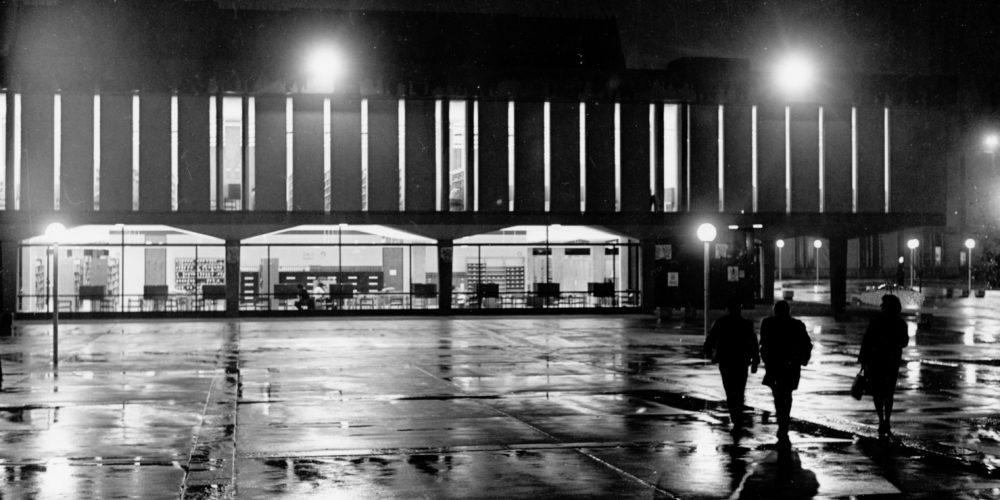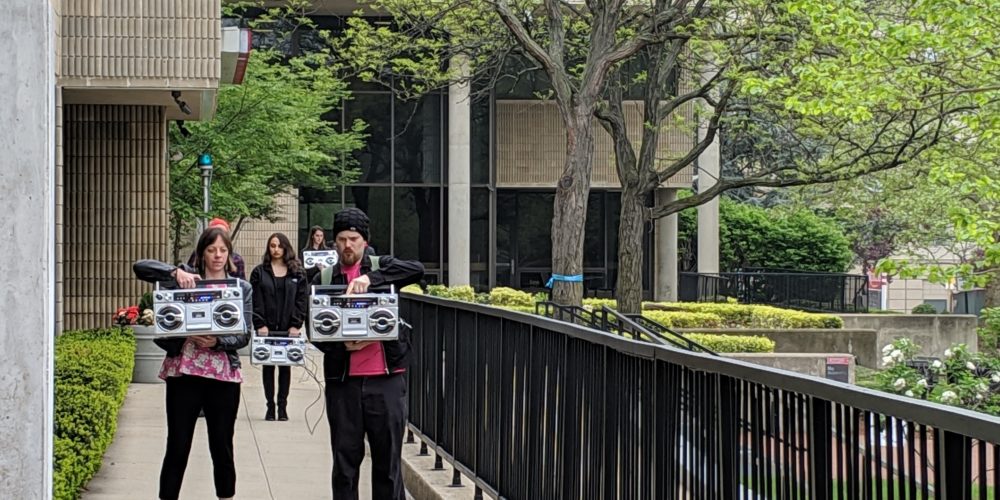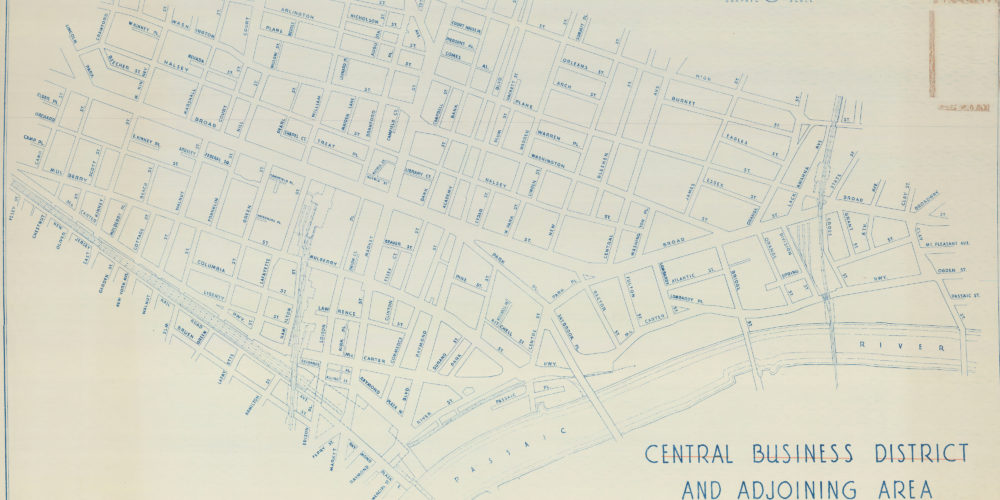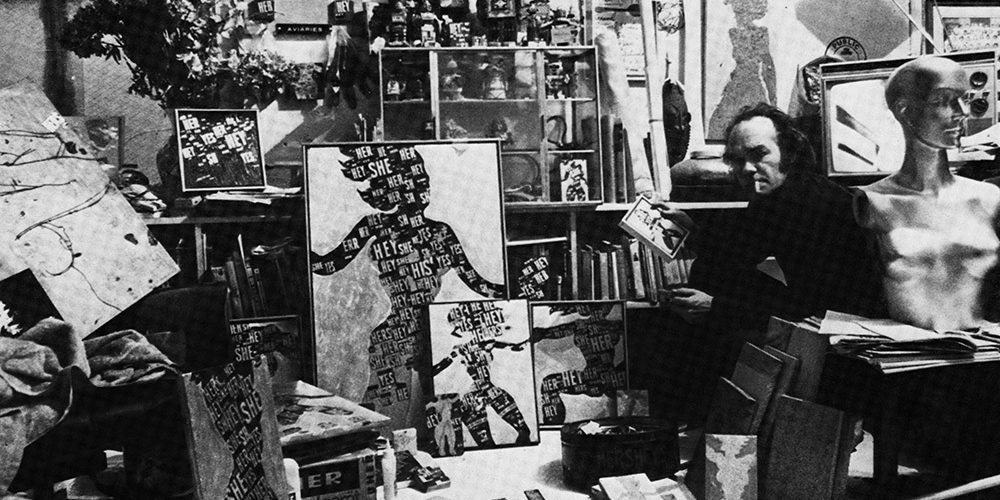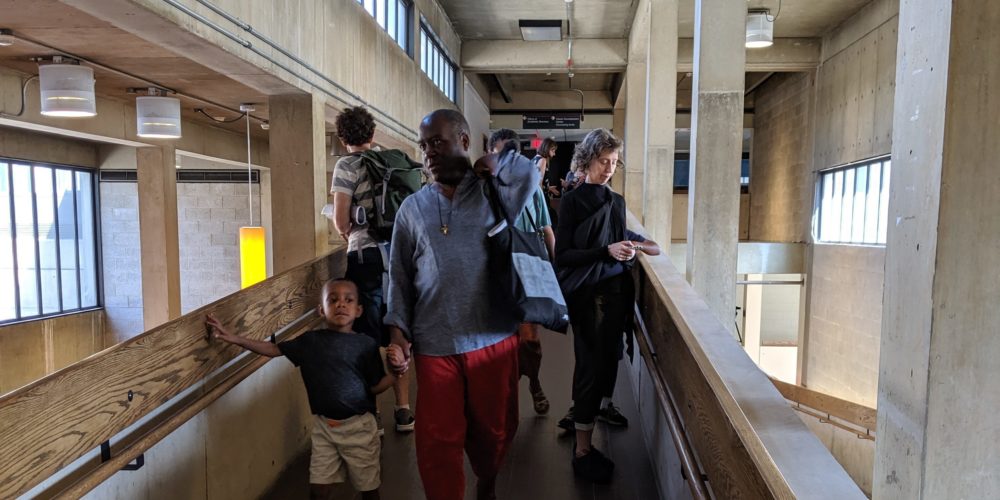
Rhythm 3 (Future) » Juvenile Delinquency: DifferentRhythm 3 (Future)
Juvenile Delinquency: Different
Juvenile Delinquency: Different Responses in 1915 and 1957
In 1915, the City of Newark tried to find a solution to its juvenile delinquency problem. At that time, most new immigrants to the city were coming from Europe, many of them poor and without the skills to succeed. The city was growing quickly, but without the necessary support to make it a good place to live; in 1937, 1/3 of the housing in Newark was considered to be slums. In the 1950s, Newark faced similar problems, with bad housing conditions, unemployment, and continuing juvenile delinquency. The difference was that now most migrants to the city were African Americans coming from the South as part of the Great Migration. The other difference was the way that juvenile delinquency was treated. The programs, their goals, and their perception of the children were very different between 1915 and the 1950s, between White children and Black children.
In the early 1900s, child labor was a big issue and it was up to the cities to create new programs for children in their spare time. In 1915, the city of Newark came to the conclusion that not enough was being done for the children. At the time, Newark did not have many outlets for children, their playgrounds were the streets, and their lives were simply ordinary. As a result, the city’s Master Plan for 1915 included more recreation centers that would help children be more involved in the community, give them a sense of belonging, and that there was always a place for them. The hope was that children getting a proper education would push them to be model citizens. The focus was to create programs and centers where children would get life lessons that were not practical to teach in a school setting. They would be kept busy and would acquire new skills whether it be through learning how to play different musical instruments or sports or training in specific professions.
In 1957, in contrast, rising fears about delinquency led to the founding of work camp programs for potential delinquents. By then, juvenile delinquents were still seen as children from poor backgrounds, but that now meant mostly African American families as they were the main residents of the slums. These children were described as being resentful and reacting violently, and that this was the reason for their delinquency. The answer in 1957 was not playgrounds and hobbies, but a Work Camp Project for African American boys, aged 14-17. The boys were meant to learn new skills that would get them jobs, and therefore stop them from delinquency, but they were paid little for their work, continuing the cycle of resentment. The government failed these children when it did not support them through programs that would have given them a sense of self-worth and value. Being considered a delinquent takes a toll on children. It makes them lose hope in themself and believe that they are useless and bound to do illegal things. The city also failed to realize that these children’s home life was not the only reason for the children lashing out. The children of Newark grew up seeing their parents being arrested, probably for nothing serious, but to see that happen to a parent is traumatizing. According to the 1967 Governor’s Report for Action, “The highest percentage of those arrested were Negro and male.” The city was notorious for police brutality against African Americans, and the city did little to stop it. The children therefore likely turned to juvenile delinquency because all they saw was the system failing their parents and any other role models in their life, time and time again.
Looking back through the last century, an important aspect of Newark’s history is its youth and their relationship with the city. There are many reasons why youths get in trouble with the law, but throughout the 1900s, it was mainly children of color who were branded as juvenile delinquents for the same issues as adults. Even if they were simply on the street, a child of color is more suspicious than a Caucasian. Racism kept African Americans from being able to acquire well paying jobs and from being able to rent or buy homes. Poverty was forced upon African Americans and children did whatever they could to try and live one more day, even if it meant doing something that was illegal or borderline legal.
Abstract by Sarah Paul
Posted 8/16/2023
